24+ Sample Analysis Plans
-
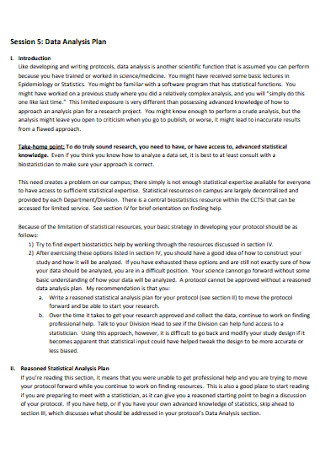
Data Analysis Plan
download now -
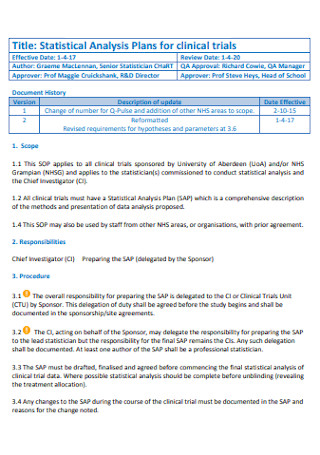
Statistical Analysis Plan for Clinical Trails
download now -
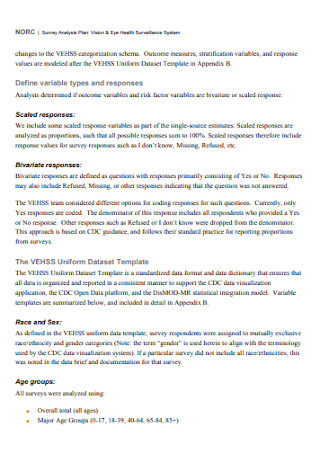
Survey Analysis Plan
download now -
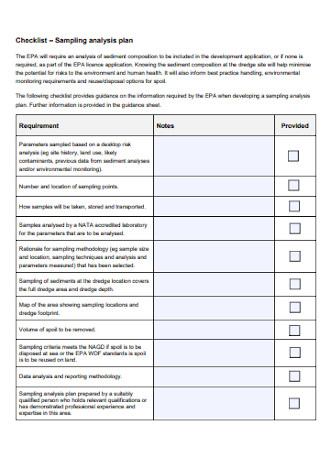
Sampling Analysis Plan Checklist
download now -

Data Collection and Analysis Plan
download now -
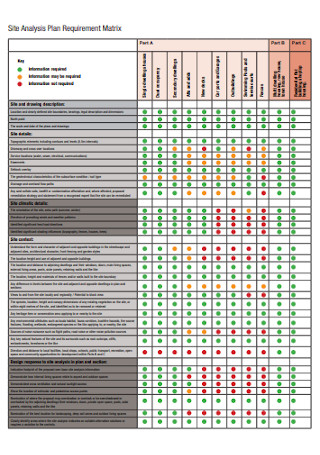
Site Analysis Plan
download now -
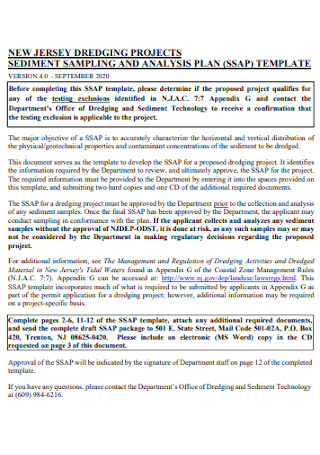
Project Analysis Plan
download now -
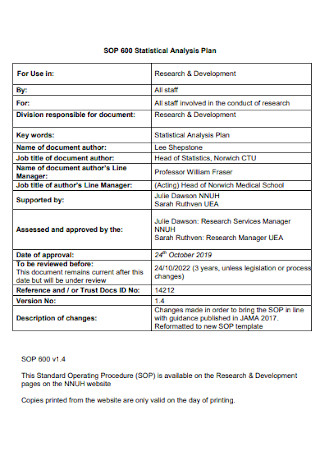
Statistical Analysis Plan
download now -
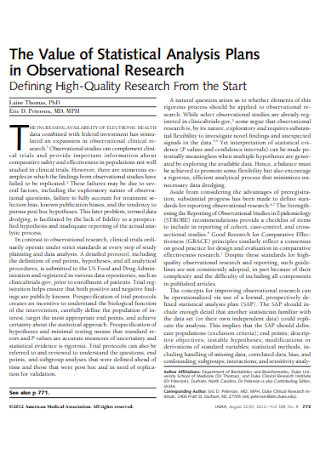
Value of Statistical Analysis Plan
download now -
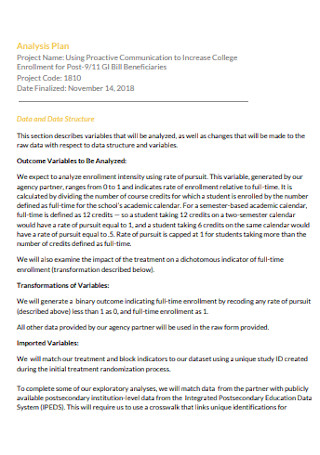
Basic Analysis Plan
download now -
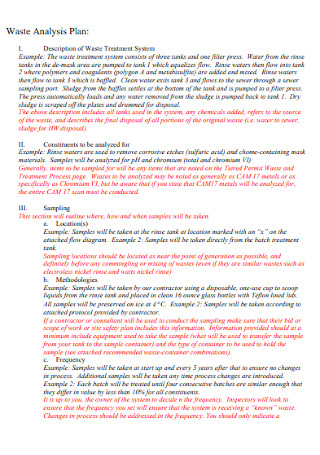
Waste Analysis Plan
download now -

Marketing Analysis and Strategic Plan
download now -
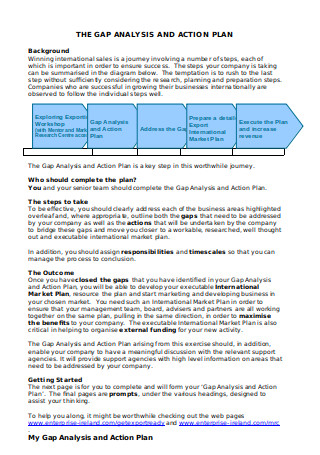
Gap Analysis Action Plan
download now -
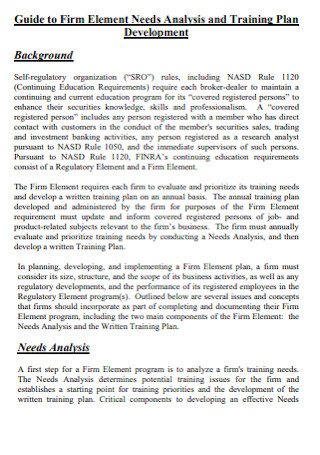
Training Analysis Plan
download now -
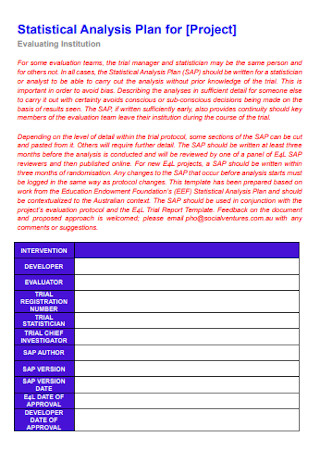
Analysis Plan for Project
download now -
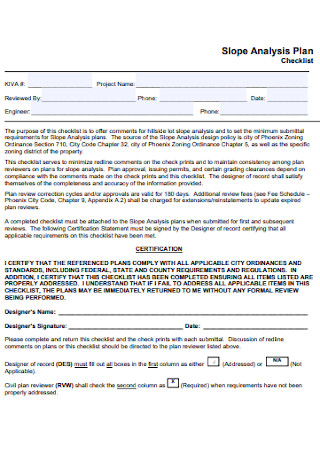
Slope Analysis Plan
download now -
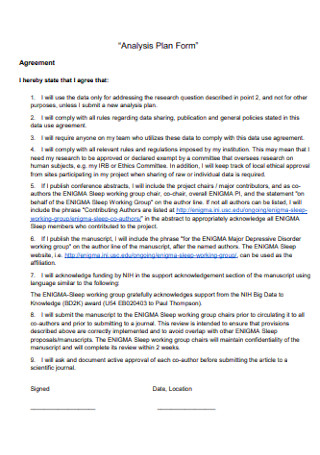
Analysis Plan Form
download now -
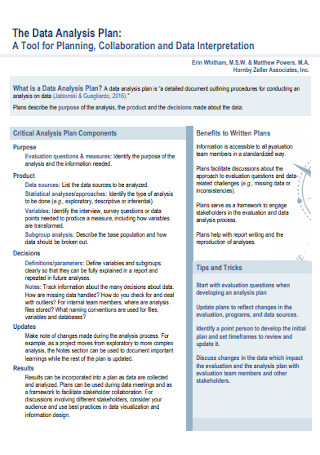
Sample Data Analysis Plan
download now -
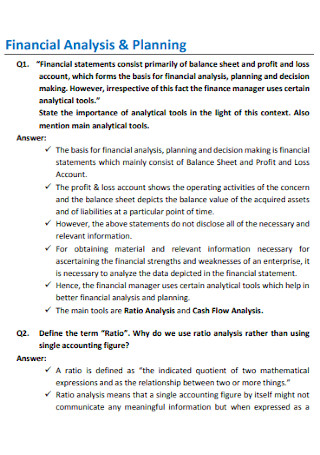
Financial Analysis Plan
download now -
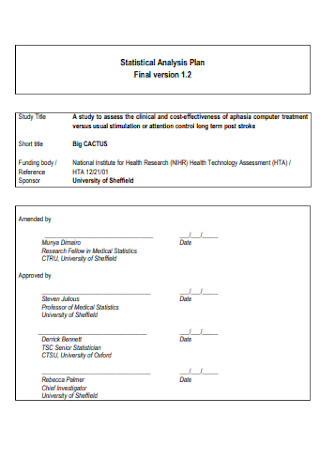
Statistical Final Analysis Plan
download now -
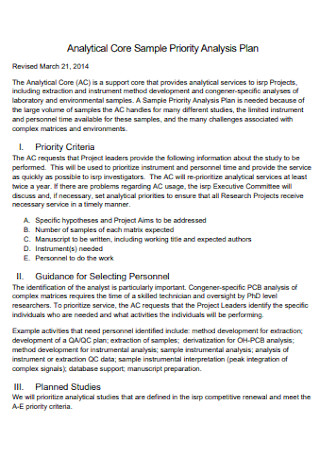
Sample Priority Analysis Plan
download now -
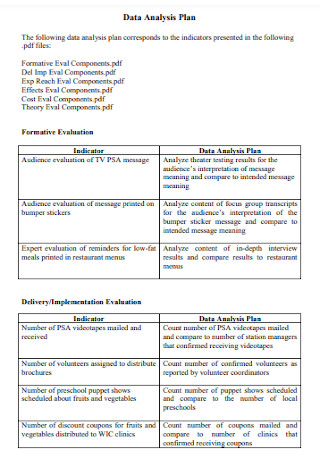
Data Analysis Plan Format
download now -
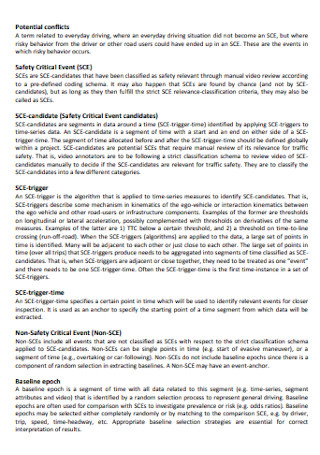
Preliminary Analysis Plan
download now -
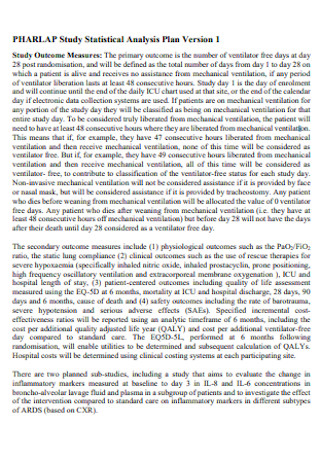
Study Statistical Analysis Plan
download now -
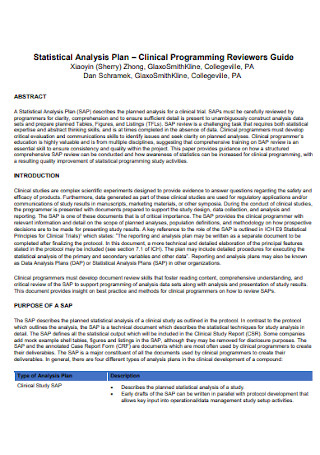
Programming Analysis Plan
download now
FREE Analysis Plan s to Download
24+ Sample Analysis Plans
What Is an Analysis Plan?
Related Concepts in Analysis Planning
Tools for Analysis
How to Create an Analysis Plan
FAQs
How do you write a data analysis plan?
What should analysis include?
What is a good analysis?
What are the three steps of data analysis?
What Is an Analysis Plan?
An analysis plan is an action plan of how to dissect and approach data. Data analysis is an important stage in any research. And having a blueprint or guide on how to analyze data benefits the researcher in many ways.
The field of big data is fast becoming one of the most relevant fields today. According to Search Business Analytics, the analytics of big data is the process of examining big data to gather important information including hidden trends, correlations, market patterns, and customer preferences. This is significant for businesses and organizations because utilizing big data analytics can help make sound and educated business decisions or even improve business outcomes.
Related Concepts in Analysis Planning
Having an analysis plan requires a broad understanding of key research methods. Before you can analyze anything, you need to familiarize yourself with the entire process in order to better execute your analysis plan. To achieve this, it is best to acquaint yourself with the following concepts first:
Tools for Analysis
How do you begin to analyze? There are many different ways to dissect data. Some methods may work better than others in certain aspects. It is highly relative and would greatly depend on the objective of the research. However, there are several strategies that are commonly used in analyzing data:
How to Create an Analysis Plan
An analysis plan can sometimes be quite complicated but if you want to simplify things, using an existing template will help make it a bit easier. Choose from the options above and simply edit it as needed. Follow the steps below to ensure you have a solid analysis plan:
Step 1: Outline the Objectives
To start, you need to establish your goals and objectives. This will serve as your guide when conducting not just the analysis phase of your research, but all facets of it. What do you want to gain from your analysis plan? What outcomes are you hoping to achieve from the analysis plan? Let the objectives serve as your ‘North Star’ to remain focused on your goals and to prevent unnecessary distractions.
Step 2: Plan and Strategize
The next step is to outline the methodologies you want to use in analyzing your data. How do you plan to analyze your data? What techniques will help you interpret the data you collected? What are the strategies best suited to draw conclusions and findings from your data? The tools and examples given above can help you with your ideas.
Step 3: Organize the Information
In research, the data collected is the material that needs to be analyzed. It is crucial to organize first and make sure all the data is clean and sorted out before you begin your analysis. It may also be helpful to divide the work into phases or sections. Handling data, especially if it is in large quantities, can be quite overwhelming. Thus, organizing it into parts or stages can make it seem more doable.
Step 4: Implement the Plan
Once you have organized your data and established your objectives and strategies, you can start applying your analysis plan. It is important to remember that with the absence of interpretation and analysis, data is just data. It is essentially passive information. What you choose to do with that information is what matters. You need to proactively make sense of the data by employing different tactics and methods of analysis.
FAQs
How do you write a data analysis plan?
To write a data analysis plan, you need to establish your objectives and outline the strategies that will make up the bulk of your plan. List down your goals on what you want to gain from the analysis and findings. Make sure you have gathered enough data and sifted through it in preparation for analysis.
What should analysis include?
Your analysis should include a detailed examination of the topic and a thorough evaluation of the data. It is not enough to merely present the data. If you want to draw conclusions or make the right assumptions, a comprehensive analysis and interpretation should be conducted. You also need to ensure that your claims are supported by credible theories, facts, and evidence.
What is a good analysis?
A good analysis is an exercise in critical thinking. It is asking the right questions and using fact-based supporting ideas to back up claims and arguments. A weak or poor analysis is one that lacks depth, is insufficient in offering enough examples, and fails to connect relevant ideas.
What are the three steps of data analysis?
The data analysis process has three steps namely: evaluate, clean, then summarize.
Analysis plans are one way to ensure that data collection is not put to waste. The analysis and data interpretation portion is probably one of the most important parts of any research process. The way you analyze data is crucial and will determine if your research is impactful or not. Create your own plan today and let any of the sample templates above serve as your guide!
